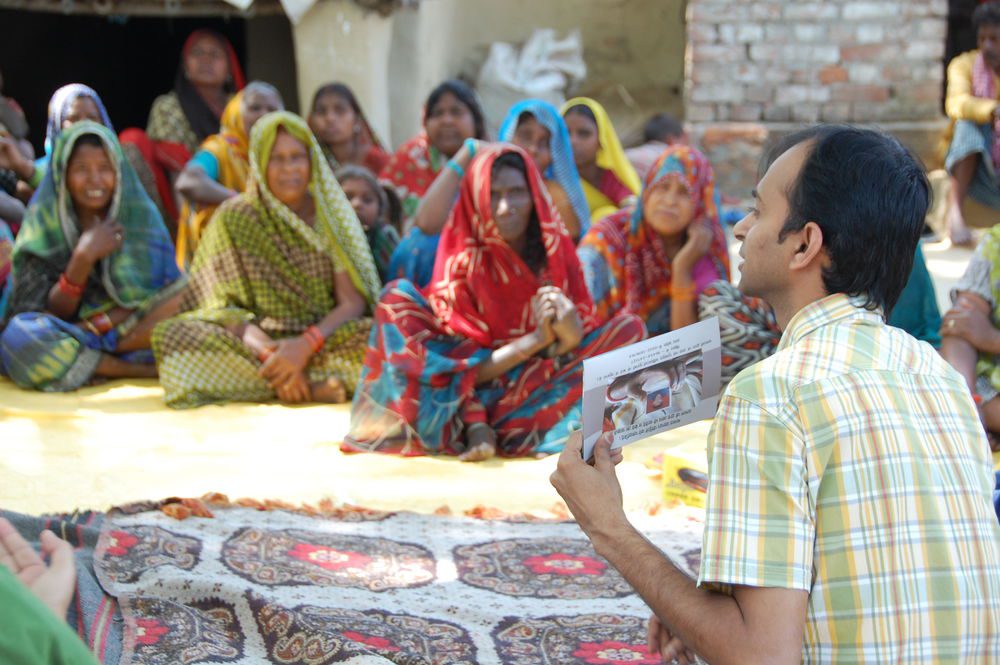
Fifteen Years Fighting for Freedom: Fifteen Lessons Learned
Free the Slaves fifteenth anniversary is a good moment to distill lessons learned from years working with slaves, survivors, activists and governments:
-
- Slavery is stopped by strategically redressing vulnerabilities: Slaveholders and traffickers prey on critical vulnerabilities. Effective programs use a well-grounded theory of change to identify key risk factors, adapt interventions and focus resources. Simplistic syllogisms (“poverty causes slavery”) mislead and “kitchen sink” strategies waste resources.
- Context specific research: Identifying key vulnerabilities requires local knowledge of slavery magnitude and dynamics. Good programs know the “Who? How many? Where? Why? How?” of slavery in a specific population.

- Many manifestations of slavery: Simple categories of “sex trafficking” and “forced labor” belie the complexity of slavery; e.g. our research in DR Congo revealed seven forms of forced marriage.
- It takes a coalition: The diversity and scale of slavery require an array of actors addressing different vulnerabilities to achieve sustainable gains.
- Building capacity: At-risk populations need protective, trusted institutions. Strengthening local NGOs and government agencies tasked with prevention, protection and prosecution is a precondition for eradicating slavery.
- Survivor leadership and protection: Survivors possess unique, expert knowledge of vulnerabilities and pathways into slavery. They need specialized, professional help after liberation to prevent re-enslavement and achieve reintegration.
- Educating about rights and risks: Lack of knowledge or assertiveness about rights is a common vulnerability, as is typical of debt bondage. Traffickers prey upon those who don’t know how to migrate safely. Rights and risks education is essential.
- Mobilizing communities: Organized community structures are needed to translate awareness into protective action. Anti-slavery committees that watch, advocate and educate are a bulwark against predators.
- Policies with teeth: Anti-slavery laws, which are often weak, must promise significant risk to perpetrators equal to other serious felonies. Policies that promote equity for women and marginalized groups reduce vulnerabilities conducive to slavery.
- Law enforcement: Enforcement of existing law must be strengthened, which requires training, resources, advocacy and anti-corruption interventions, including investigative journalism.
- Selective attention to social determinants: Social factors, such as lack of access to credit, schooling or health care, may foster vulnerability. These are context dependent and investments should be guided by research to make good resource allocation decisions.
- Business transparency and incentives: Legitimate businesses have a vested interest in eliminating slavery from their supply chains. To level the playing field, laws that mandate transparency and impose adequate penalties are needed.
- Metrics and accountability: Programs that are grounded in clear theories of change are well positioned for measurement and can use metrics to promote continuous improvement.
- Commitment to learning: The modern anti-slavery movement is still at an early stage of development. Enhanced evaluation should be used to facilitate learning. The anti-slavery movement needs better mechanisms for sharing lessons learned.
- Resources: Slavery is a $150 billion/year enterprise. The OECD countries invest about $124 million/year to fight human trafficking. A radical reduction in slavery will require a radical increase in resources.
Maurice I. Middleberg is the Executive Director of Free the Slaves. As Executive Director, Mr. Middleberg oversees the organization’s wide range of innovative anti-trafficking initiatives around the globe. He has worked in the field of international development and social justice for over 30 years, with experience on projects in 50 countries for CARE, the U.S. Agency for International Development, The Futures Group, IntraHealth International, and others.
